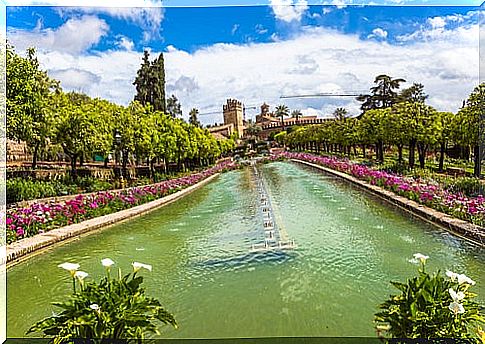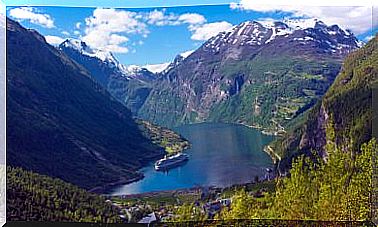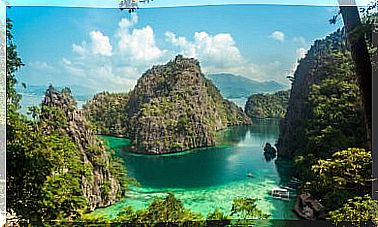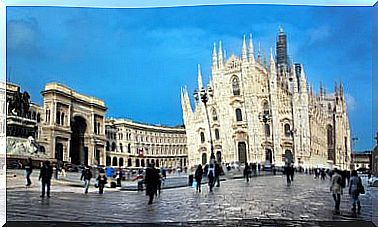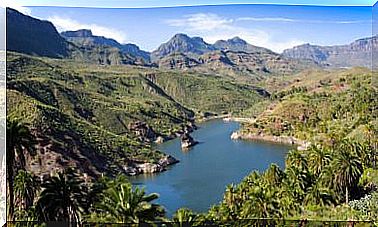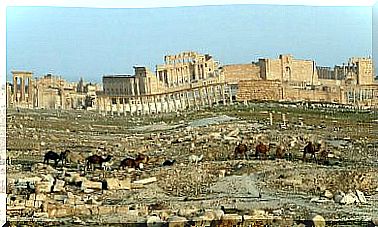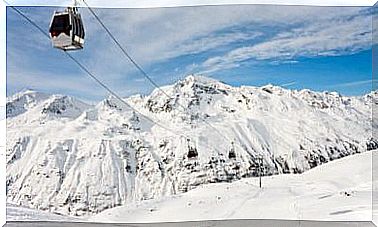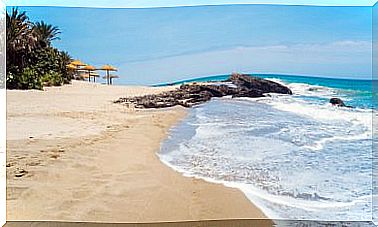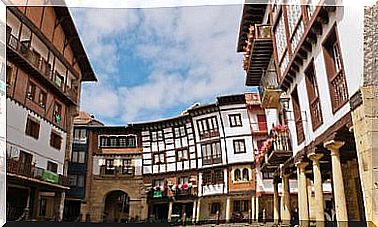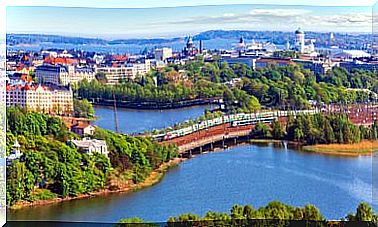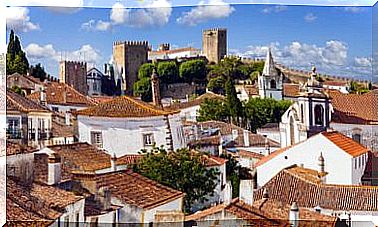The Roman Bridge Of Córdoba, One Of The Treasures Of The City
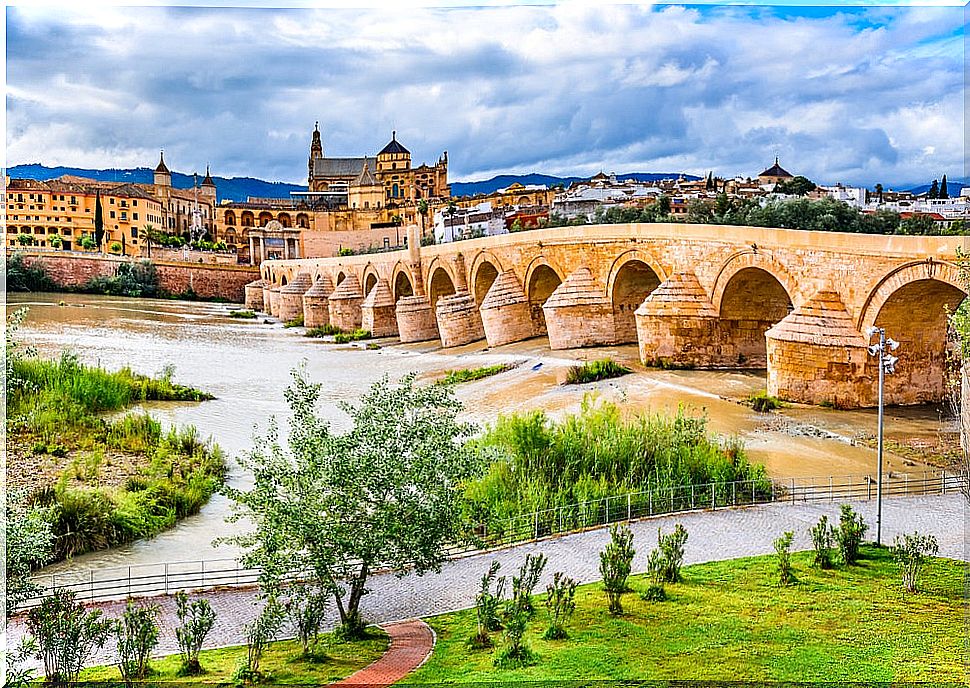
Until the 1st century BC, the Guadalquivir River was crossed by boat. But in the time of Emperor Augustus, the Roman bridge of Córdoba or Puente Viejo, as it is also known, was erected to form part of the Via Augusta. We are going to discover more about the history of this impressive bridge and the places that you cannot miss if you decide to visit it.
A time of abundant construction
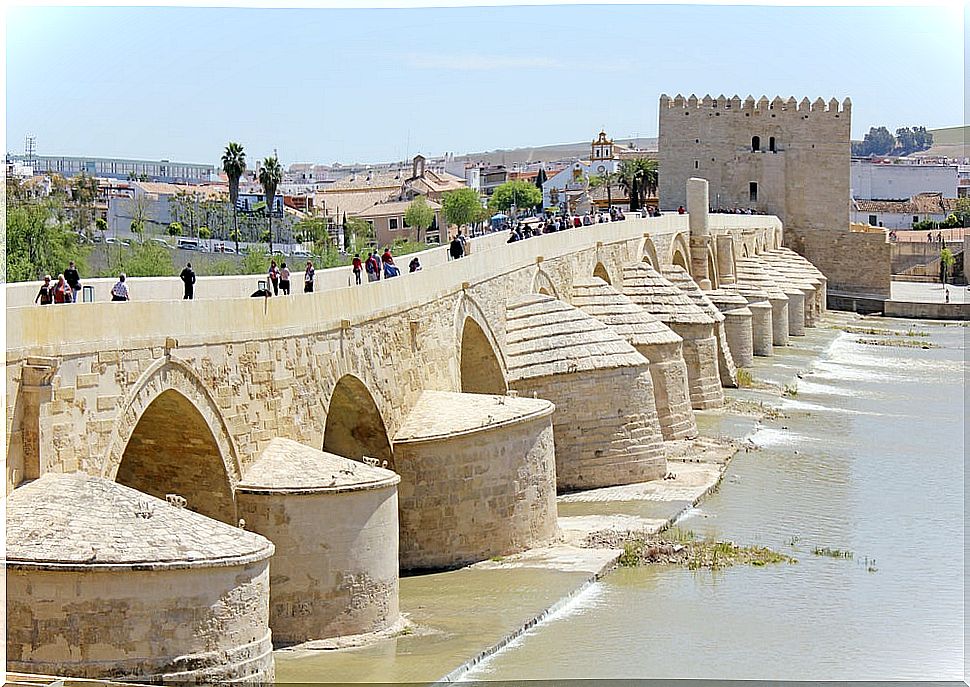
As you probably already know, the Via Augusta was the longest Roman road in ancient Hispania. With its more than 1,500 kilometers, it stretched from the Pyrenees to Cádiz. And, as we have said, it passed by the Roman bridge of Córdoba.
At the same time, important cities were founded, such as Emerita Augusta (Mérida) or César Augusta (Zaragoza). Therefore, it was a time of great changes and abundant constructions, and the Roman bridge of Córdoba was one of them.
But throughout the twenty centuries that it has stood, the bridge has undergone numerous reconstructions and modifications. Therefore, only a few arches and ashlars remain of the original structure.
What to see on the Roman bridge of Córdoba
If you decide to visit the Roman bridge of Córdoba, you cannot miss the following places, since they are the most emblematic and important and are related to the history of the bridge and that of the people of Cordoba.
1. The bridge gate on the north side
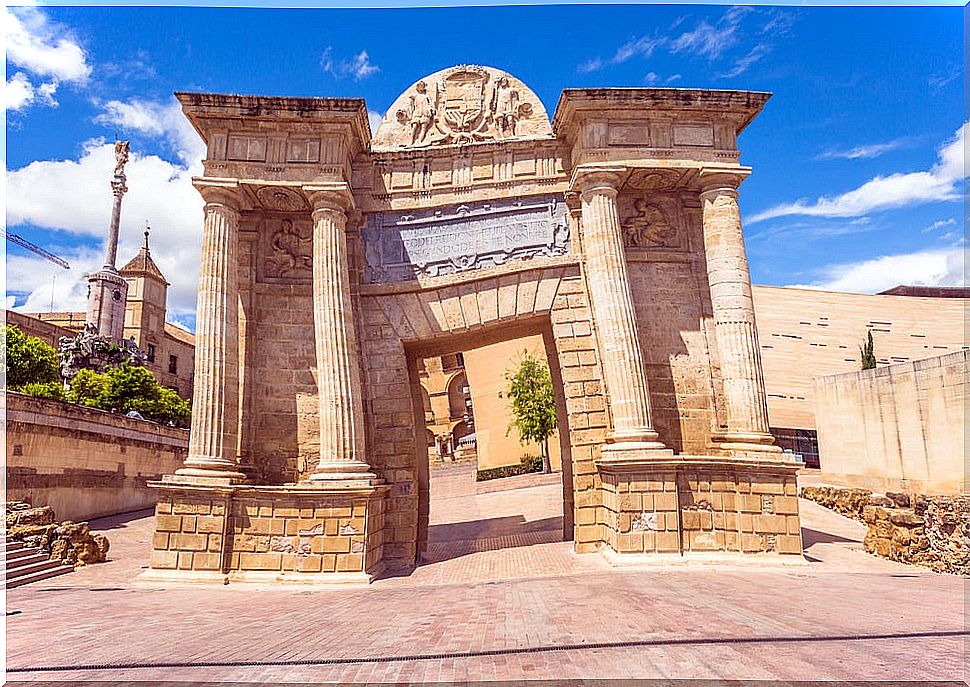
At both ends of the bridge there are places you need to get close to. On the north side, there is the bridge gate, which welcomes anyone who enters Córdoba. It dates from 1571 and was designed by Hernán Ruiz III, one of the greatest representatives of Cordoba’s mannerism.
It is also known as the Arc de Triomphe and its construction was carried out to celebrate the arrival of King Felipe II to Córdoba. For this reason, in the center, one of the cartouches mentions the king. Along with the bridge itself and the Calahorra tower, it was declared a Site of Cultural Interest in 1931.
2. The guardian of the people of Cordoba, the Archangel San Rafael
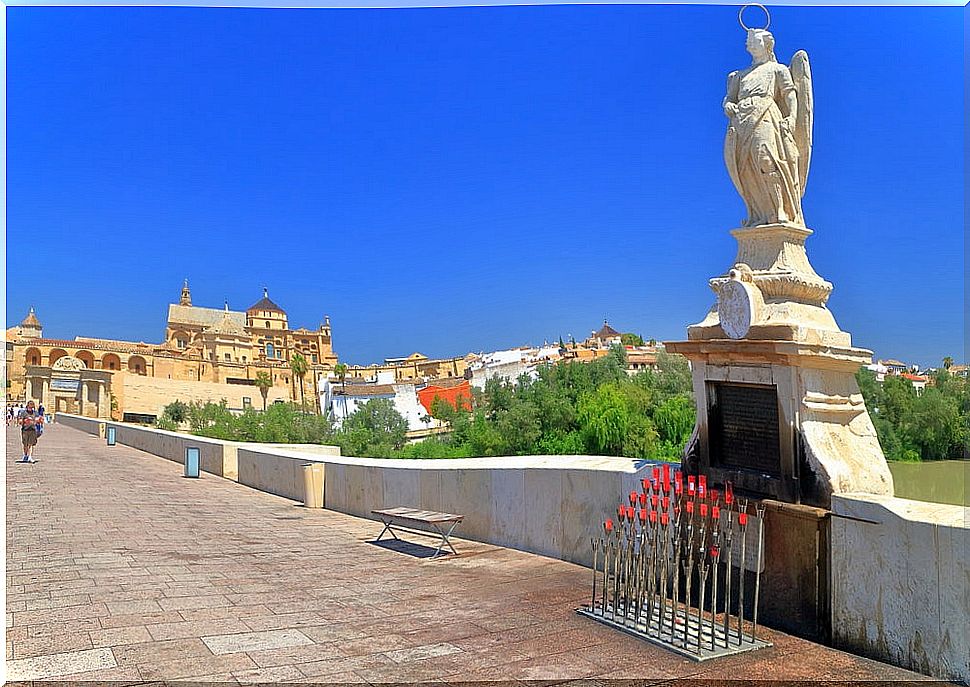
In the middle of the seventeenth century, in the year 1651, there was a plague epidemic in the city. This epidemic affected a good part of the population and caused serious damage. When it remitted, an image of the Archangel San Rafael, the work of the Cordovan sculptor Bernabé del Río, was placed in the middle of the bridge as a thank you for the end of the epidemic.
However, the people of Cordoba worshiped the Archangel long before. And, the legend tells that, a century earlier, another epidemic ended when Saint Raphael appeared to a priest, claiming to be the guardian of the city.
As he is the closest saint and loved by the people, he is always surrounded by a red cloud of candles, flowers and other offerings. These candles are the sample of the affection and devotion that the people of Córdoba profess towards the Archangel San Rafael. So, if you visit the bridge, don’t forget to stop to admire the statue.
3. The tower of Calahorra
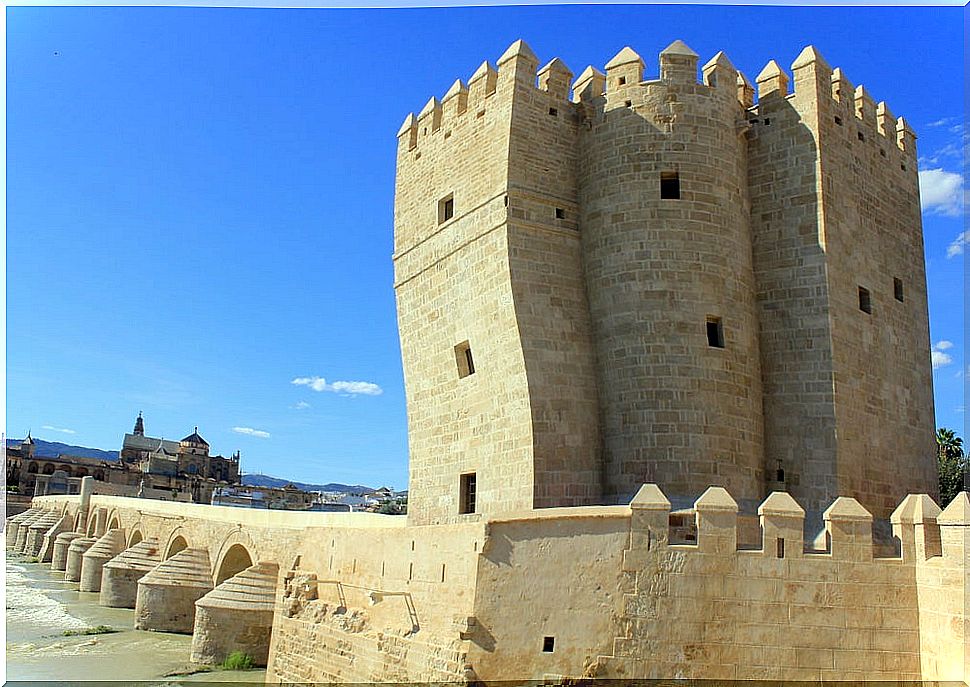
It is one of the least known monuments in Córdoba. It is believed that its construction took place in Islamic times and that it was later used and modified in Christian times. As might be expected, its original function was defensive, to prevent the enemy from entering the city through the bridge. Hence the strong walls and the deep moat.
Even so, the tower has served various functions over the centuries. It was a prison, a quarantine place for the sick and even became the headquarters of a girls’ school in the adjacent neighborhood.
Today, however, the Calahorra tower is the site of a permanent exhibition that shows the three cultures that populated Córdoba : Christian, Muslim and Jewish. Thus, its objective is to show the importance of the coexistence of these three cultures that occurred in the city during the Caliphate era.
As you may have seen, a visit to the Roman bridge in Córdoba will allow you much more than just admire an impressive structure dating back more than 20 centuries. You can also learn about the history of the city, the mixture of cultures and the faith of the people of Cordoba.
